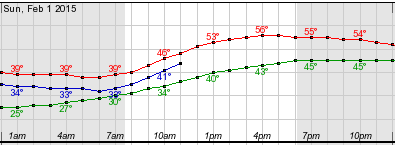cyptomcat
Ramblin' Wreck
- Messages
- 866
Ok, overall I understand most of your problems with the data, and it's an improvement that you only used 'fraud' in reference to Mann in your reply and not NASA or someone else. It is important to note that other data sets do fit reasonably with the two data sets discussed in the OP. One example is provided in the Hausfather link (from Curry or me). That is part of my trust in the data set, in addition to lack of direct evidence of any intentional wrongdoing.
There are several specific points I disagree with:
There are several specific points I disagree with:
That evidence by Goddard is incredibly small number of samples. That's not scientific analysis, and the effect has been explained for by non-NASA sources. For example Hausfather and Shollenberger describe this in detail. Former's analysis of the adjustment magnitudes show that the adjustments do not change the overall trend.I then simply reported that Goddard believed the same sort of biasing of the data may be occurring on global data sets.
While she took the claim seriously, she also confirmed Goddard's analysis errors in the link you posted and cited or reported so many other scientists or fact-checkers confirming the analysis errors. This was many months ago. Later Hausfather explained for the errors on Curry's own blog. That such wrong analysis is still not fixed by Goddard and being propagated by him and others is anti-science. Nothing laughable about that.In that post #9, I linked to a Judy Curry article where she was taking seriously the questions being raised, in part by Goddard, about the US data. So, my point focused on the issue being taken seriously not on one particular guy, Goddard, raising it. That's what makes your last sentence in this post so laughable.
As Hausfather explains, raw data contains a lot of biases. I am not comfortable saying raw data is 'fact' since we know for sure raw data is wrong because of the many biases. In this case, we do not know the fact, that's what science is out to find out. Adjustments are science's best effort to actually get to the fact by removing the biases.As I said in that post, once you move away from the raw data, you are moving into the realm of interpretation of facts,
I have only been through some of the beginning parts, but there is plenty of debatable or outright wrong claims in this document after reading Hausfather and Shollenberger among others. I don't think a messageboard post is the place for me to write a 100-page post about what's wrong with a 200+ page document especially when Hausfather and Shollenberger in addition to other sources (NASA/NOAA/BEST) have already addressed most of it.I've also more recently linked to a longer report by Watts and D'Aleo which considers the data set questionable:


